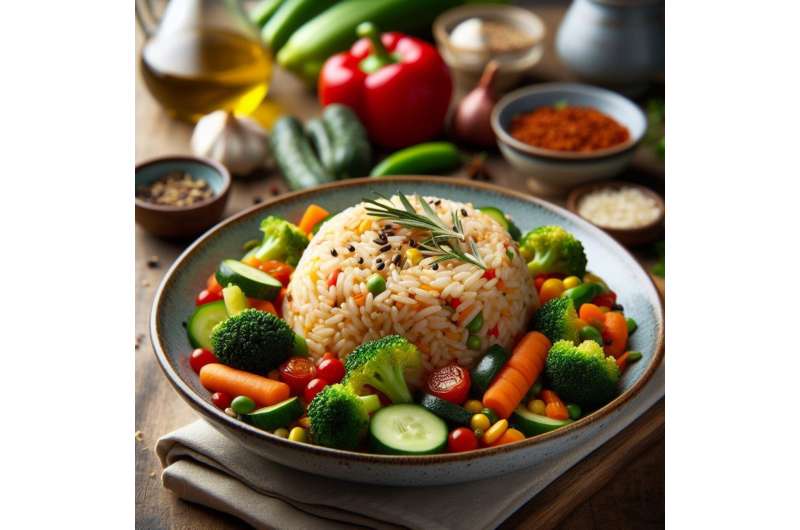Understanding the Truth Behind Black Packaging and Protein Claims in Food Products

Learn how black packaging and marketing claims influence perceptions of protein in food products and discover cost-effective strategies for healthy protein intake.
In recent food shopping trips, many consumers have noticed an increase in products featuring bold claims of high or increased protein content, often packaged in sleek black wrappers. These marketing strategies aim to attract health-conscious buyers, but it's important to understand what these claims truly mean and how packaging influences perception.
Many products with ‘high protein’ or ‘increased protein’ labels are designed to appear more appealing, utilizing the color black to suggest premium quality and performance enhancement. Research indicates that black packaging is associated with high-quality or luxury products, which can create a ‘health halo’—a psychological bias where one positive attribute makes us believe the entire product is healthier, even if that's not the case.
In Australia and New Zealand, regulations specify that items labeled as 'protein' indicate they are a 'source' of protein, containing at least 5 grams per serving. The term 'high protein' implies a 'good source,' generally meaning at least 10 grams per serving. 'Increased protein' claims denote at least 25% more protein than the standard version. For example, a ‘protein’ cheese like Mini Babybel Protein contains 5 grams of protein per 20 grams, just slightly more than the original, which has 4.6 grams. The difference may be minimal, and these labels can be misleading.
Color psychology is also leveraged by marketers—black is used to suggest something high-end or functional, which can enhance the product’s perceived value. As a result, many consumers might associate black packaging with superior nutrition, even if the nutritional difference is marginal.
Moreover, the 'health halo' effect can lead buyers to overlook other less desirable ingredients like added fats and sugars. It's essential to note that protein deficiency is rare in developed countries, and excessive protein intake can have health implications.
For those looking to maximize their protein intake without overspending, cost-effective sources include animal-based options such as chicken, eggs, yogurt, and fish, which offer high-quality protein at a reasonable price. For instance, chicken provides over 30 grams of protein per dollar spent. Plant-based sources like legumes, nuts, seeds, oats, and frozen peas are also excellent choices, often offering comparable or better value per gram of protein.
Processed protein bars, despite their convenience, tend to be less economical and provide fewer grams of protein per dollar. Choosing fresh, whole foods not only offers better value but also diversifies your nutrient intake and reduces reliance on heavily marketed packaged products.
In summary, while black packaging and bold claims can be persuasive, understanding the regulatory definitions and marketing tactics helps in making informed choices. Prioritize whole, minimally processed foods to ensure you're getting nutritious, cost-effective protein sources for your diet.
Source: https://medicalxpress.com/news/2025-09-protein-money-dont-slick-black.html
Stay Updated with Mia's Feed
Get the latest health & wellness insights delivered straight to your inbox.
Related Articles
Eating More Sweet Foods Does Not Increase Preference for Sweetness
A pioneering study demonstrates that increasing the intake of sweet-tasting foods does not alter taste preferences, energy intake, or body weight over six months, challenging common assumptions about sweetness and diet.
Low FODMAP Diet Offers Symptom Relief for Women with Endometriosis
A groundbreaking study shows that a Low FODMAP diet can significantly reduce gastrointestinal symptoms in women with endometriosis, offering a new approach to symptom management and improving quality of life.
Understanding the Rising Backlash Against Plant-Based Diets
Exploring the reasons behind the growing resistance to plant-based diets, including cultural, environmental, and nutritional factors, and the challenges of shifting dietary habits for health and sustainability.
The Truth About Single-Food 'Mono Diets': Effectiveness, Risks, and Myths
Explore the risks and realities of single-food mono diets, popular yet potentially dangerous fasting trends that promise quick weight loss but lack scientific backing and can harm health.



